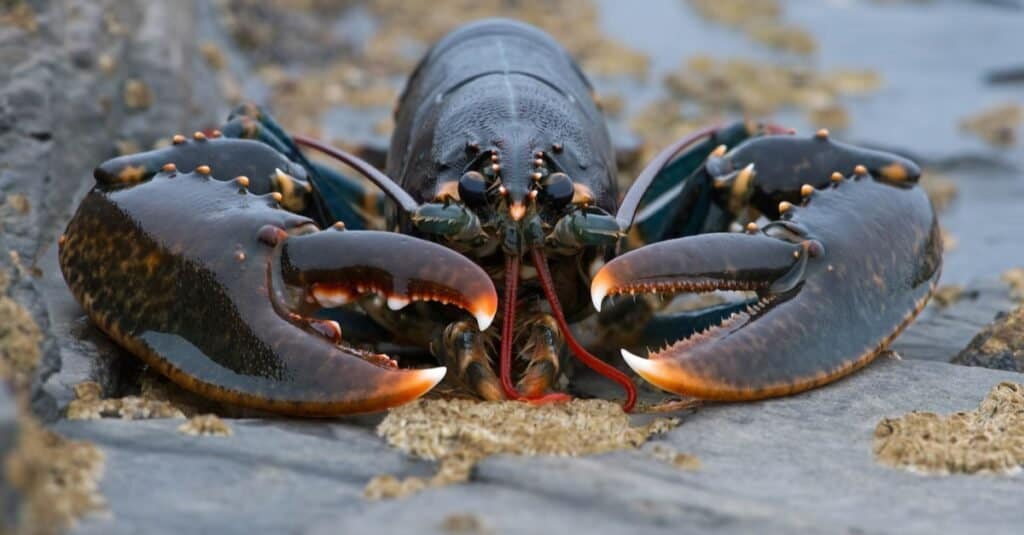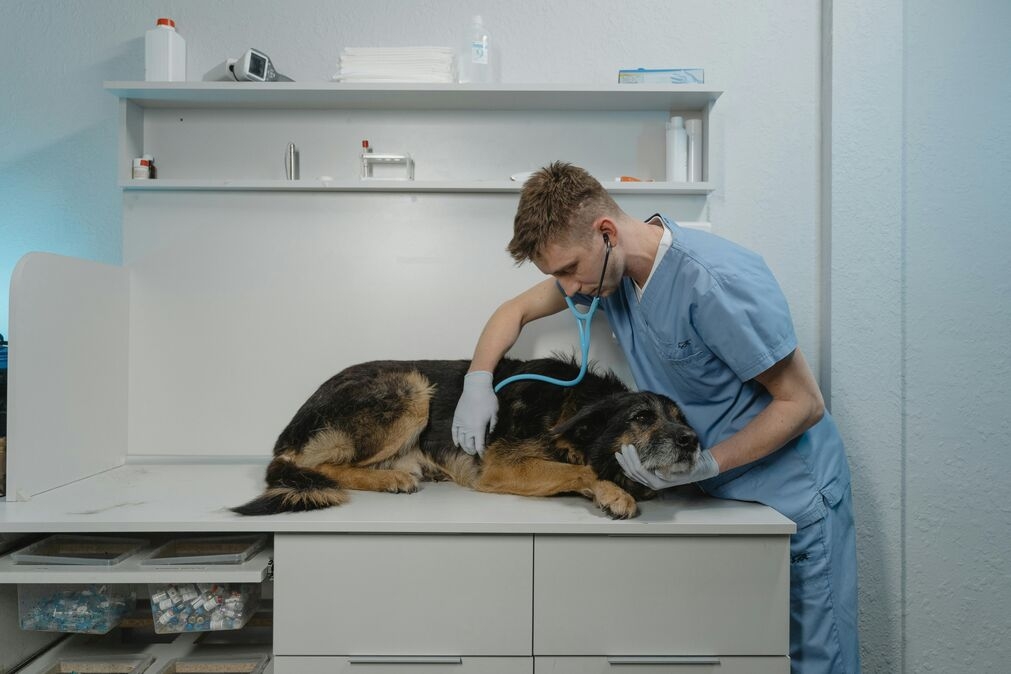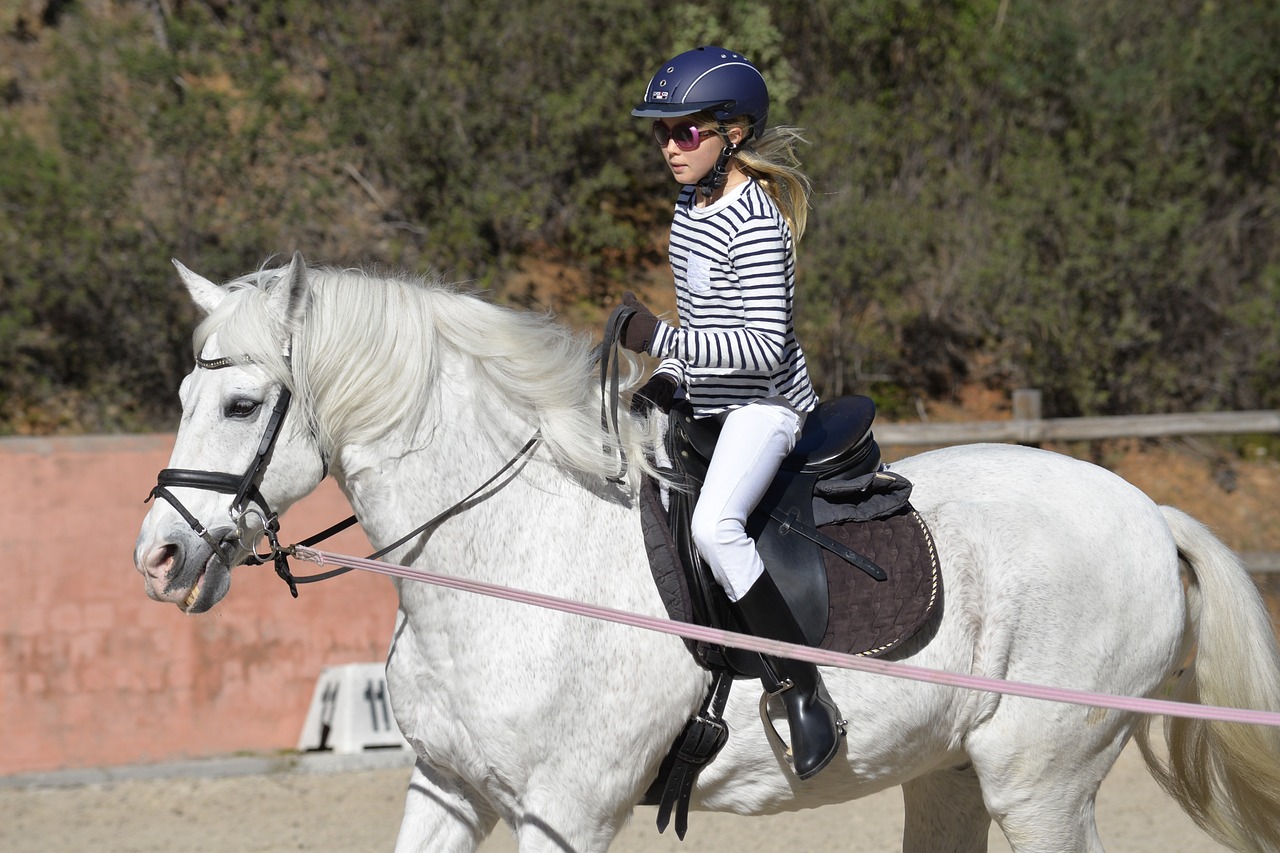A lobster typically has ten legs. The front pair of legs, often referred to as claws, are larger and more powerful. These claws serve various functions, including capturing prey and defending against predators. The smaller set of legs located towards the rear of the lobster’s body is used primarily for walking and balance.
In addition to these ten legs, lobsters have other appendages such as antennae and swimmerets. The number of legs a lobster has is a distinguishing feature of its anatomy, and these legs are essential for its survival in the underwater world. While lobsters might not win any sprinting contests, their legs are finely adapted to their aquatic lifestyle.
Lobster Anatomy
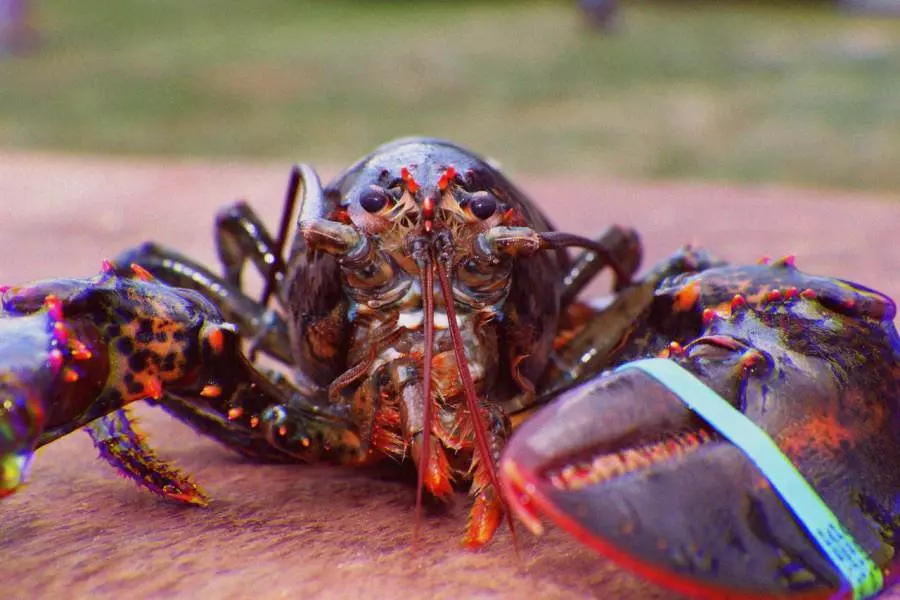
The anatomy of a lobster is a complex and fascinating subject, consisting of various body parts that contribute to its survival and way of life.
Exoskeleton: Lobsters have a hard exoskeleton, or shell, which provides protection and support for their body. This exoskeleton is periodically shed as the lobster grows.
Head: The head of a lobster features eyes, antennae, and a pair of large, powerful claws, which are used for capturing prey and defense.
Thorax: The thorax region contains several pairs of legs. The front legs are modified into pincers, while the rear legs are used for walking and maintaining balance.
Abdomen: The abdomen of a lobster consists of segments with swimmerets, small appendages that aid in swimming and reproduction.
Tail: The lobster’s tail, also known as the telson, helps it swim backward rapidly, providing an escape mechanism.
Antennae: Lobsters have two pairs of antennae, which serve as sensory organs for detecting their environment, prey, and mates.
Mouthparts: Lobsters possess various mouthparts, including mandibles and maxillipeds, which are involved in processing and consuming food.
How Do Lobster Claws Function In Capturing Prey?
Lobster claws are remarkable adaptations designed for capturing prey and defending against threats. These claws, also known as chelae, play a crucial role in a lobster’s survival.
Crusher Claw
The larger of the two claws, often referred to as the crusher claw, is well-suited for grasping and crushing prey. Its formidable strength allows lobsters to exert significant pressure. When a lobster encounters potential prey, it uses the crusher claw to seize and secure the target.
Cutter Claw
The smaller claw, known as the cutter claw, is equipped with a sharper edge and is used for cutting and tearing. Once the crusher claw secures the prey, the cutter claw efficiently dismantles it into smaller, more manageable pieces. This feature is particularly handy for consuming various types of food, including shellfish and other marine creatures.
Versatility
Lobsters are opportunistic feeders, and their claws offer versatility in capturing a wide range of prey. From hard-shelled mollusks to small fish, lobsters can effectively use their claws to subdue and process different types of prey.
Defense Mechanism
In addition to capturing prey, lobster claws serve as a formidable defense mechanism. When threatened by predators or rivals, lobsters can employ their claws for protection. The sharp cutter claw can be used to ward off threats, and lobsters may engage in fierce battles using their claws.
Sensory Functions
Lobster claws are not just weapons; they also serve sensory functions. The tips of the claws are equipped with small sensory hairs that help lobsters detect and manipulate objects in their environment. This sensitivity enables lobsters to make precise movements when handling prey or defending themselves.
Regeneration
One fascinating aspect of lobster claws is their ability to regenerate. If a lobster loses a claw, it can regrow a new one over time. This remarkable regenerative capability ensures that lobsters can continue to hunt and defend themselves even after losing a claw in a battle or accident.
How Do Lobster’s Smaller Legs Contribute To Their Mobility?
The smaller legs located towards the rear of a lobster’s body play a vital role in enhancing its mobility. While the front claws are primarily designed for capturing prey and defending against predators, these rear legs have a different set of functions that contribute to a lobster’s overall agility and maneuverability. Here’s how these legs contribute to a lobster’s mobility
Walking and Balance
Walking: Lobsters are bottom-dwelling marine creatures, and their habitat often includes various terrains on the ocean floor. The rear legs allow lobsters to move across these diverse environments. They can walk along sandy or rocky substrates, explore crevices, and navigate through seaweed and other underwater structures.
Balancing Act: The rear legs are not just for propulsion. They also play a significant role in maintaining balance. As lobsters navigate their environment, they use these legs to adjust their posture and stability. This is particularly important when
Locomotion and Adaptations
Jointed Structure: The pereiopods are jointed, which provides lobsters with a wide range of motion. This jointed structure allows for precise and controlled movements, making it easier for them to traverse different underwater terrains.
Specialized Appendages: The tips of these smaller legs often have tiny claws or spines that assist in gripping and navigating through various substrates. These appendages enable lobsters to climb, crawl, and explore their surroundings effectively.
Speed and Agility: While lobsters are not known for rapid movements, their smaller legs offer a balance of speed and agility. They can move gracefully and with precision, adapting to the demands of their environment.
How Do Lobsters Use Their Legs For Movement?
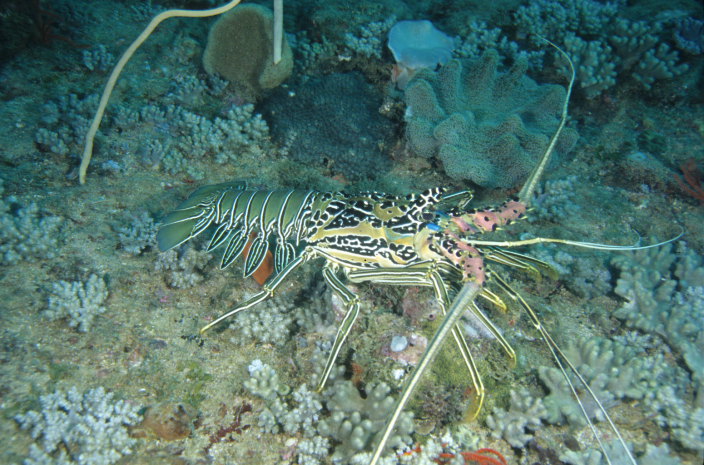
Lobsters use their legs in several ways to move around in their underwater world. They have smaller legs at the back of their bodies, and these are perfect for walking and maintaining balance.
When lobsters walk, they move their legs together in a coordinated manner, helping them travel on the ocean floor or across different surfaces.
Their legs are jointed, which means they can bend and flex easily, giving them good control over their movements. This jointed structure is super helpful for navigating through rocky areas and tight spaces.
Lobsters can also climb thanks to their specialized leg parts, like small claws and spines. These parts help them grip onto rocks and other surfaces, so they can climb up and down as needed.
While lobsters aren’t known for being super-fast swimmers, they can swim backwards by flipping their tails rapidly, which comes in handy for quick getaways when they need to escape from danger.
And, when they need to stay still, like when they’re hunting or hiding, their smaller legs help them keep their balance, so they don’t tip over.
In a nutshell, lobsters have figured out how to use their legs for walking, climbing, swimming (at least a little bit), and staying steady, depending on what they need to do in their watery home. Their legs are like their all-around tools for getting around and getting things done in the ocean.
FAQ
How many claws do a lobster have?
A lobster typically has two claws: one large, powerful claw called the crusher claw, and one smaller, more delicate claw called the pincher claw.
How many legs plus claws does a lobster have?
Lobsters have ten legs in total, which include their two claws.
Do lobsters have 8 or 10 legs?
Lobsters have ten legs in total, not eight. Their two claws and eight walking legs make up their leg count.
Is lobster halal in Islam?
In Islam, seafood is generally considered halal, including lobster, as long as it is prepared and consumed in accordance with Islamic dietary laws.
How rare is a lobster?
Lobsters were once considered a food for the poor and prisoners. Today, they are more widely enjoyed, making them less rare but still considered a delicacy.
How big is a 7-year-old lobster?
A 7-year-old lobster typically measures around 10 to 12 inches in length, but their size can vary.
How big is a real lobster?
The size of a lobster can vary greatly, but they usually range from 8 to 20 inches in length, with some exceptionally large lobsters reaching up to 3 feet.
How old is a lobster?
Lobsters can live for several decades, with some individuals reaching 50 years or more in age.
How big is the biggest lobster?
The largest recorded lobster weighed around 44 pounds and was over 3.5 feet long. Such colossal lobsters are exceptionally rare.
Can you eat lobster eggs?
Yes, lobster eggs, known as roe, are edible and considered a delicacy in some cuisines. They are often used in dishes like caviar.
Why do people eat lobster?
People enjoy eating lobster for its tender and flavorful meat, often served in various dishes, from lobster tails to lobster rolls, making it a popular seafood choice.
Final words
On the whole, lobsters are incredible ocean creatures with ten legs, each playing a special part in their lives. They’ve got big, strong claws up front, which they use for catching food and staying safe. In the back, their smaller legs help them walk and stay steady. These legs have joints that let them move just right, making it easy for lobsters to get around and explore their underwater homes.
Also, they can grow back lost legs, showing off their amazing regenerative power. So, whether you’re a fan of seafood or just curious about marine life, understanding lobster legs helps you see the beauty and brilliance of these remarkable animals. They’re not just walking around; they’re dancing through the seas.







